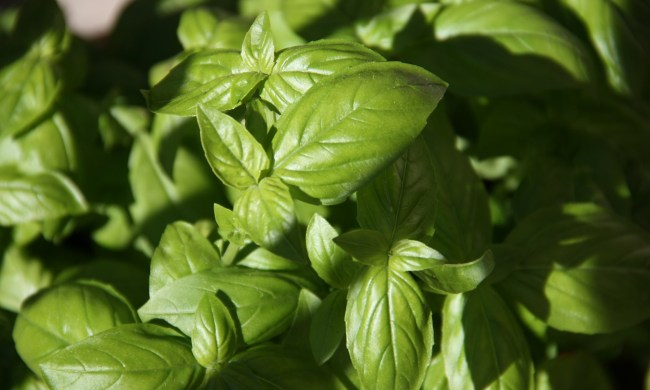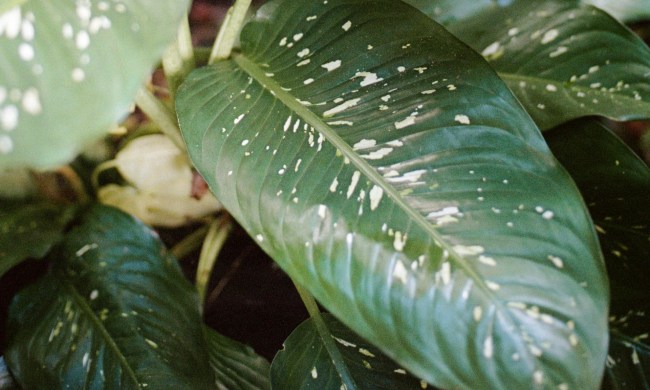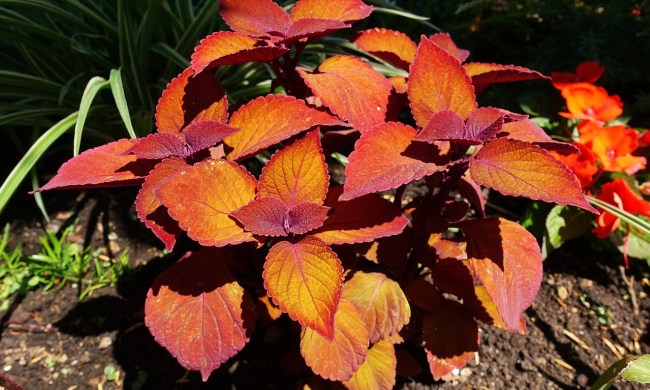Without garden space, it may seem altogether impossible to grow vegetables. However, there are many veggies out there that can thrive in indoor environments, especially when you supplement them with a well-draining potting mix and grow lights. Even if you can’t keep plants outdoors, you can still have delicious homegrown veggies all year round. Ahead, we’ve gathered some of the easiest vegetables to grow indoors and go over tips on how to care for them so they look and taste great!
What you need to start vegetables indoors
Before you start growing vegetables indoors, it’s important to know how to help your plant thrive. Ultimately, the basics boil down to a decent potting mix and sufficient lighting.
- Well-draining potting mix: If you keep your plant in a container (which will be the case indoors), well-draining soil with aerating add-ins such as perlite is a must. Garden soil won’t offer enough drainage, so your plant might fall prey to root rot. If you worry about overwatering, consider using a terracotta pot (with a drainage hole) instead of a plastic one. Clay pots will wick up excess moisture, so they tend to be more forgiving when you overwater.
- Bright light: One of the biggest challenges with growing vegetables indoors is lack of light. If you don’t get adequate lighting from windows alone, no worries — what you can do is use supplementary grow lights to make sure your plants can undergo photosynthesis and develop properly.
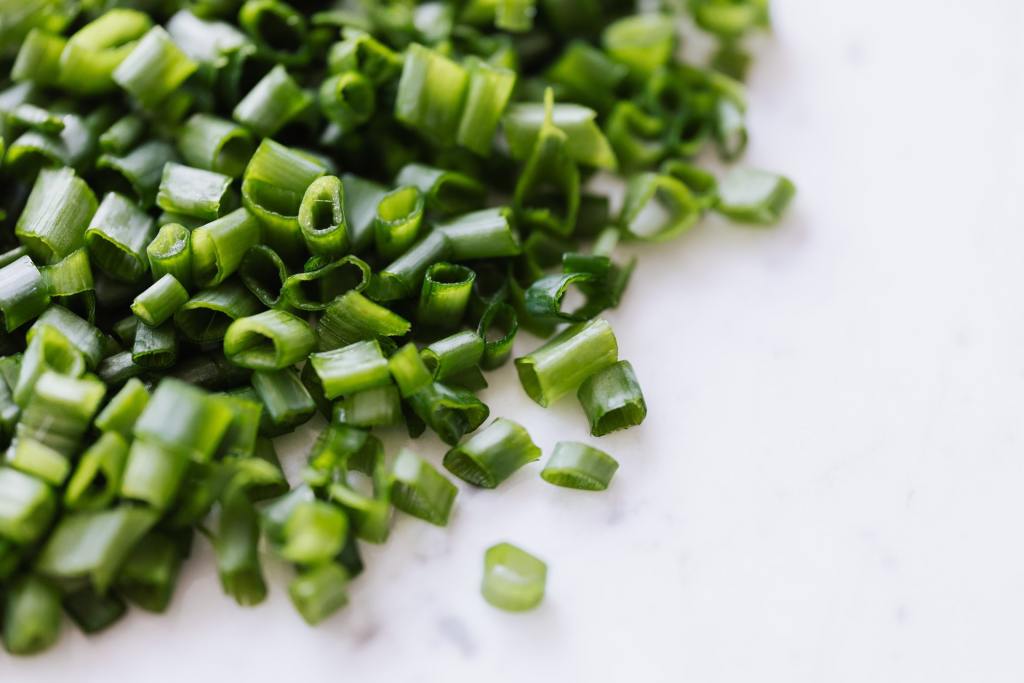
Green onions
You don’t even need soil to grow green onions! After picking up a bundle at the supermarket and using some in your recipes, plop the white root end in a clear jar of water and watch the plant regrow. As long as you change out the water every week, you’ll be good to go for at least a few snips before you need to toss out the root. If you want to grow green onions from seed, start the seeds about two months before the last frost — seedlings should start to grow in about a week or two. They appreciate bright light but won’t need as much of it as many other veggies.
Carrots
While they require a significant amount of space, root vegetables can be grown indoors, especially if you choose a small variety and use a deep container. Chantenay carrots, for example, will do well inside. Keep your home temperature cool, around 60 to 70 degrees Fahrenheit, and give your plant 12 hours of light a day. Carrots take a while to grow, so it may take two to three months before your harvest is ready for picking.
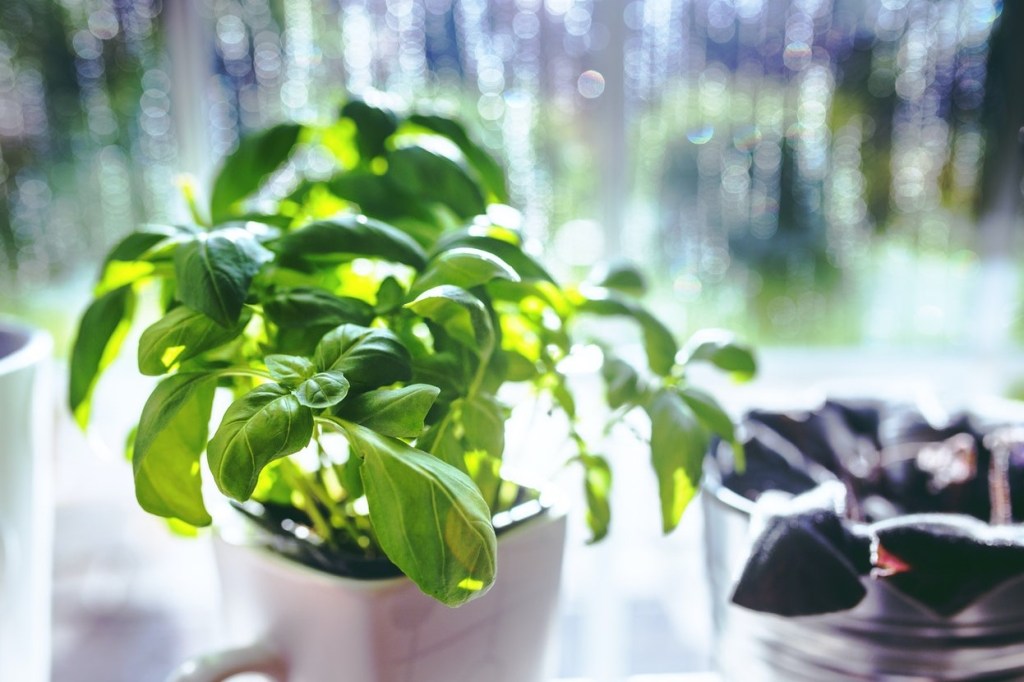
Herbs
Herbs are excellent for kitchen gardens since they can tolerate (and sometimes prefer) shadier and cooler conditions. Some herbs that do well indoors include chives, rosemary, mint, parsley, basil, and oregano. South-facing windows are ideal for herbs, especially during the winter when the days are shorter. If you don’t get enough light, keep your plants under a grow light for 12 to 16 hours a day. Herbs appreciate moist soil, but a soggy medium can cause them to die from root rot. Some herbs are ready for harvest in as little as a month — you’ll want to keep pruning them back so they don’t become leggy and weak!
Microgreens
Essentially immature greens, microgreens add beautiful color and flavor to salads and savory dishes, but they can be expensive to buy in stores. Luckily, growing them is easy, and you can keep them right by your windowsill! Microgreens are also quick to grow since they’re ready to snip after two to three weeks. Some popular go-to’s include sunflower, mustard, and broccoli greens, which you can use as a garnish or eat as the main dish. All they need to thrive is a clean container with drainage holes and plenty of bright light. Mist them every other day or two to keep the soil lightly moist.
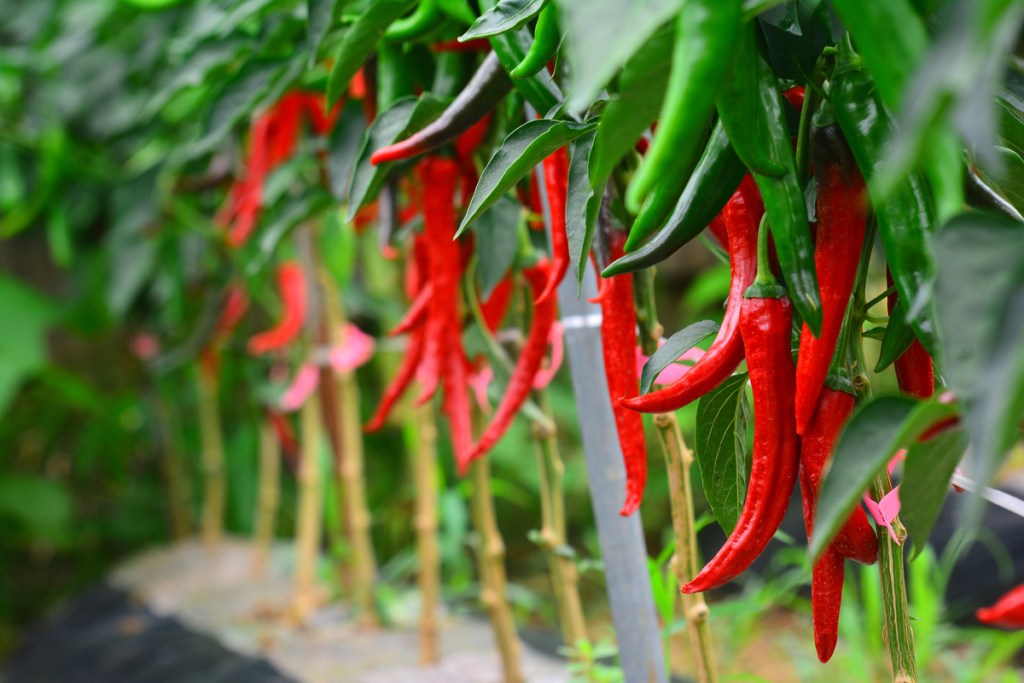
Peppers
Peppers are technically fruits and not veggies, but they’re still one of the easiest edible plants to grow inside! Peppers that do well indoors are smaller ones, such as Thai chili, habanero, and pequin peppers. They do best by a south- or west-facing window, although you can also supplement them with grow lights. Most peppers do well in warm temperatures during the day and cooler temperatures at night, so they can thrive during the summer. Peppers are relatively drought tolerant, and you only need to water them when the top part of their soil feels dry to the touch. Feed them with a balanced fertilizer every two to three weeks before they’re ready for harvest, which may take two months or longer.
Spinach
Growing spinach doesn’t require too much space or light, so you can keep it in a container by a window. Spinach thrives in cool fall and spring temperatures, so average room temperature is ideal. Make sure that your growing medium is at least six inches deep so your plant has room for roots. Water your plant consistently without letting it become waterlogged — excess drought can cause your spinach to bolt and become bitter. Spinach should be ready for harvest after the leaves grow to about four to seven inches.
Growing vegetables indoors may be a tricky endeavor, but it’s very feasible with care and attention. As long as you have loose, well-draining soil and a light source, you’re off to an excellent start. You can incorporate everything from low-maintenance herbs to spicy peppers into your indoor garden. Before you know it, you’ll be able to garnish your favorite dishes with delicious homegrown vegetables!

